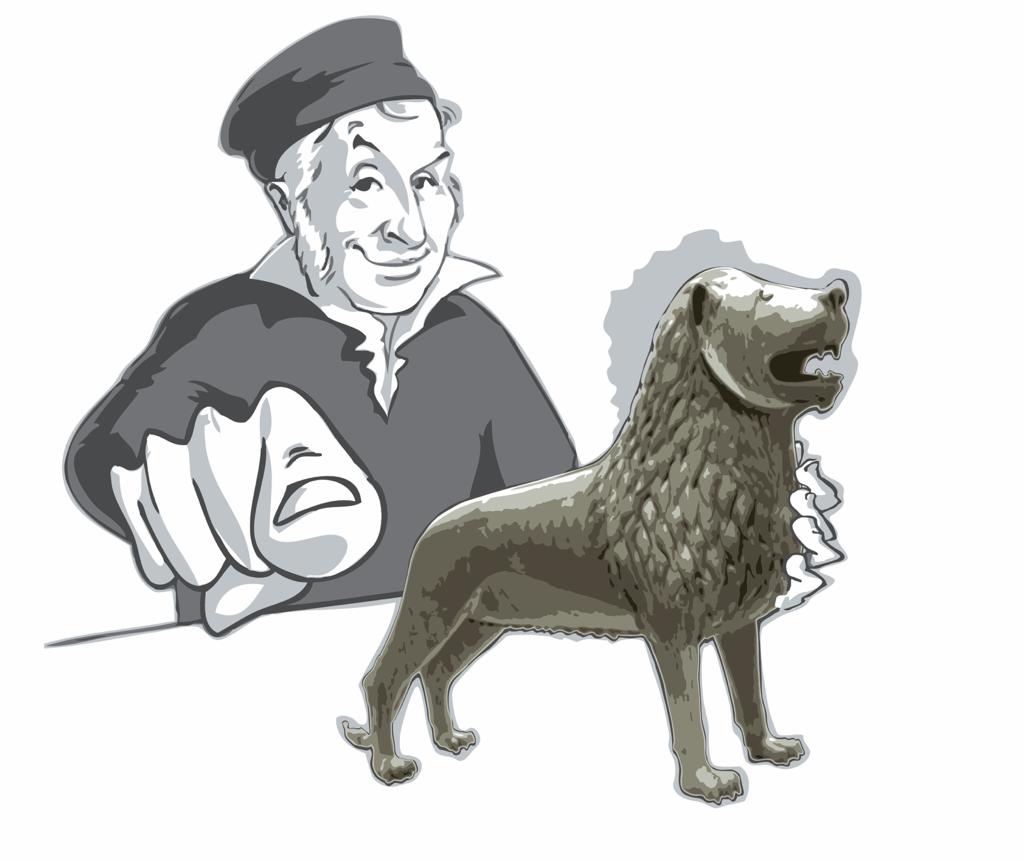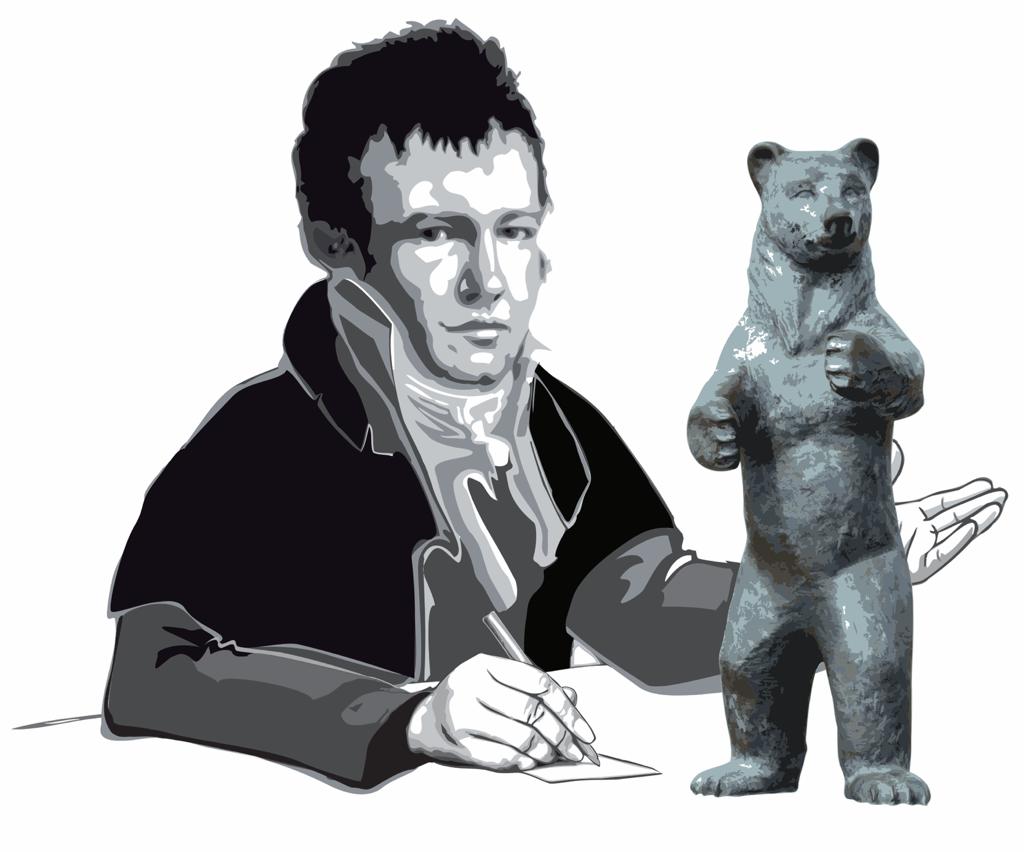Gauss-Advent Calendar: ¡Feliz Navidad! – Christmas in Mexico

Christmas tree at home (2020) © Sebastián Muñoz
Although I have spent six Christmases in a row away from my family in Mexico, Christmas is still a holiday with a lot of meaning for me.
Celebrations in Mexico are quite diverse. The feeling of Christmas usually starts arriving on November 20th, the Day of the Mexican Revolution. Since it’s a public holiday, many people, including my family, already start decorating their homes on this day or on the days prior to the first advent Sunday. Though there are still some families who might wait until the 24th.
Current celebrations are based on the Christian “posadas” brought in the 16th century to Mexico, a nine-day devotional prayer beginning on December 16th which portrays the story of the Nativity of Jesus. Usually, two people dress up as Mary and Joseph and the rest as angels or pilgrims who go around the neighborhood asking for “posadas”. The word “posadas” refers to the inn where Mary and Joseph stayed until Jesus was born. Nowadays, the story is mostly only re-enacted at schools’ plays or in closed house compounds or neighborhoods. In spite of this tradition being different today, the word “posadas” is wide-spread in Mexico to refer to Christmas celebrations in the whole month of December. “Posadas” are a perfect reason to throw a small party. Some Mexicans will even have a “posadas” almost every day until Christmas Eve, as people usually organize a “posadas” with pretty much each of their group of friends (e.g. high school friends, college friends, work colleagues, neighbors, parents of their children’s friends…).
Traditional customs at “posadas” are singing Christmas carols (You can listen to the song to ask for posada here), eating “buñuelos” (a fried dough fritter topped with sugar) and breaking a “piñata”. A “piñata” is usually made of clay and shaped with papier-machê into different forms like stars or famous personalities. “Piñatas” are usually filled with candies, but there are also prank “piñatas” filled with flour or confetti. Blindfolded people take turns to smash the “piñata” with a stick, when it breaks, people jump on it to collect the candy, or the unlucky person ends covered in flour. A traditional “piñata” is seven-pointed. Each point represents a capital sin, so when you break the “piñata” the sins are defeated and the candy represents the reward.

Even our dogs are dressed up in a Christmas theme. © Sebastián Muñoz
Similar to Germany, families gather on Christmas Eve to celebrate. However, Mexicans normally have larger families, so they usually meet once with the father’s family and another day with the mother’s family. As my family lives in two different cities, we would usually have Christmas dinner with my mother’s family in Guadalajara in Mid-December and then head to the north to celebrate with my father’s family on the 24th. At both dinners, we would prepare stuffed turkey with many side dishes like pasta or potato salad and veggies. I personally don’t like seafood, but codfish is also a traditional Christmas dish. After midnight, people gather in the living room to open the gifts. On the morning of the 25th, children open the gifts brought by “Baby Jesus” (equivalent to Santa Claus). However, this is done on January 6th (Epiphany Day) in Central Mexico, since they follow the tradition that the “Reyes Magos” (Three Kings) bring the presents. A couple of weeks before, children would normally write a letter to Baby Jesus, Santa Claus or the “Reyes Magos” to ask for the toys they want and attach it to a balloon to send it to heaven.
What traditions are there in your culture?
How do you celebrate Christmas in your country? Do you have any special traditions? Share them with us in the comments on Facebook or Instagram!



You must be logged in to post a comment.